Archive for ‘Gifts’ Category
Paper Doll’s Guide to the Gift Guides: Decluttering Calling Birds & French Hens
There are eight days of Hanukkah, twelve days of Christmas, and what seems like 365 shopping days each season to get it “right.” And yet, so often the gifts we give (and get) turn into clutter that we must store, dust and caretake. And not merely clutter, but forgettable clutter.
A few years back, I excerpted a portion of my little e-book Simplify the Season and Save Your Sanity and blogged the (mostly) clutter-free Holiday Gift List: Favorite Things Edition. I stand by my recommendation that gifts of experiences — like entertainment, adventure, education, and pampering — are key to making presents memorable. Even practical gifts for those who lack the time or inclination to deal with (or pay for) practicality, can be refreshing, as I wrote:
Any driver would benefit from gift certificates for oil changes, car washes and detailing…even memberships in AAA or a similar auto club. Multiple months or even an annual subscription for internet service, Netflix, cable or satellite TV, or cellular service are practical but charmingly unexpected. For college students or those on a fixed income, comping these expenses can really lighten the load.
Today, I’d like to share what my colleagues in the world of organizing and productivity have said recently about the best gifts for the holiday season.
Unclutterer, the first (and last) word in living a reasonably — rather than ridiculously — uncluttered life puts together an amazing gift-giving guide each year, with editions dating all the way back to 2007. This year’s roundup included:
Introducing the 2014 Unclutterer Holiday Gift Giving Guide by Erin Doland
Organizing gifts for the kitchen and bathroom by Jacki Hollywood Brown
Gifts for kids by David Caolo
Experience Gifts by Jeri Danksy
The ultimate uncluttered gift by Erin Doland
Productivity Gifts by Jacki Hollywood Brown
Technology Gifts by David Caolo
It would be impossible for me to pick a favorite item (though I was incredibly flattered that my 57 Secrets for Organizing Your Small Business was included on the Productivity Gifts list). However, one of the products David Caolo included on the Technology Gifts list was the Magnetic Organization System (MOS), which I reviewed in Paper Doll’s Cable Conundrums & the MOS: Magnetic Organization System.
I have the iMac-matching aluminum MOS next to my computer, and a white MOS bed-side to ensure that when I unplug my iPad charger, the cable doesn’t slip or slide beyond my reach, as it had previously — and annoyingly — done for a full year before I discovered the deceptively simple magnetic wonder.
As much as Paper Doll loves paper, I recognize that going paperless (or at least having less paper) in our lives is a worthy pursuit. If you or someone on your shopping list is hoping to lighten up and be responsible for fewer tree homicides, friend-of-the-blog and all-around Canadian nice guy Brooks Duncan of DocumentSnap has put together his own 12 Days of Paperless Gifts series to solve your woes.
Brooks is a few days short of making it all the way through the series, but as of today, you can check out:
12 Days Of Paperless Gifts – Desktop Document Scanners
12 Days Of Paperless Gifts – Personal Document Scanners
12 Days Of Paperless Gifts – Mobile Document Scanners
12 Days Of Paperless Gifts – Book and Object Scanners
12 Days Of Paperless Gifts – External Hard Drives
12 Days Of Paperless Gifts – Personal Cloud Storage
12 Days Of Paperless Gifts – Online Backup
12 Days Of Paperless Gifts – Online Document Services
12 Days Of Paperless Gifts – Note Taking
12 Days Of Paperless Gifts – Helpful Resources
It wouldn’t be fair of me to pick a favorite from an unfinished gift guide series, but so far, the list of technology and paperless resources, like Brooks’ own The Unofficial ScanSnap Setup Guide and Brett Kelly’s Evernote Essentials, is in the running as a heavy favorite.
I don’t know for certain if Brooks will be tackling the topic of shredding, but after preventing paper from coming into the home or office, shredding it once the data contained becomes digital seems the obvious next step. However, just in case shredding isn’t on the agenda, I’d be remiss if I did not point out Jeri Dansky‘s Shredder Design for Function and Fashion post for Core77, an industrial design blog. Trying not to judge a book by its cover or a shredder solely by its sleek lines, I must admit a hankering for the Black & Decker iShred that Jeri reviewed.
Writers, speaker, blogger and podcaster Mike Vardy of Productivityist put together his own holiday shopping compendium, The 2014 Productivityist Holiday Gift Guide. I like the fact that Mike took the approach of looking at productivity from a holistic, whole-life approach, and didn’t limit his list to apps and software, or even to the office environment.
I won’t tell you which item on his list was my favorite, as I’ll (coincidentally, honest!) be writing about it soon. But I must give a nod to his recommendation for designer Mike Rohde’s Sketchnote notebook and workbook products, whose system my colleague Deron Bos illustrated in my NAPO2014: Notetaking and Pendaflex/TOPS’ FocusNotes. I don’t have a visually creative bone in my paper body, but I’m fascinated by the Sketchnote method for visually depicting concepts while notetaking.
Lifehacker‘s Alan Henry (who interviewed me, as well as Unclutterer’s Erin Doland and others, for What Professional Organizers Really Do, and How They Can Help) recently curated The Gift of a More Organized Office, and it is chock-full of splendid items that could make you more efficient…or more cluttered, depending on whether you’re the sort of person who would use the items to their best effect. (Isn’t that always the case?)
I can tell you that I purchased one of the items appearing on the Lifehacker list, the Quirky Space Bar, on the recommendation of a client, and am already loving it, both aesthetically and functionally.
It’s not merely a monitor stand (available in black, white and iMac-matching aluminum); it had six USB ports, two high-power front ports for quick-charging of devices, and four ports (two front and two rear) for charging and syncing USB devices. The Space Bar is available from Quirky and Amazon. (Note: Following my own advice from 8 Brainy Tips to Organize Your Holiday Spending, using Ebates and RetailMeNot, I got it at a significantly discounted price and free shipping.) It’s great having my Fitbit’s bluetooth dongle and charger, my camera cable, the iPad charger and flash drives all potentially accessible without having to reach behind my iMac.
I can give a big thumbs-up to most of the product categories on the Lifehacker post: cable management tools, portable scanners, computer stands, whiteboards, and standing desks. However, while I am a major proponent of label makers, I would caution most readers against the one-handed model shown, with letters arrayed in alphabetical order. Most of us, even if not touch-typists, are adept at using a QUERTY keyboard, and trying to hunt-and-peck letters on an ABCDE keyboard can be maddeningly slow. Finally, the Lifehacker gift list reminds us of the not-very-sexy but ultimate importance of a surge protector and/or uninterruptible power supply (UPS).
Finally, nobody does a better job of gathering and collating the collective knowledge of professional organizers than Janet Barclay of Your Organizing Business, and I’m proud to have been one of the 68 bloggers to have contributed to this year’s series of monthly Professional Organizers Blog Carnivals as one of the SuperStar Bloggers.
The most recent Professional Organizers Blog Carnival on Holiday Gift Giving includes posts from 31 organizing experts (including yours truly). That edition covers organizing-related gifts, clutter-free and clutter-reducing gifts, and gift-giving tips. Along with the practical advice, you’ll find some wise philosophizing on gift-giving for minimalists, maximalists and all your recipients in between.
If, after all this, you’re still unsure of what to get (or ask for) for the holidays in order to keep clutter at bay and satisfaction maximized, never fear. Tune in next time for last-minute gifts that won’t break the bank, pile on the clutter, or arrive too late.
8 Brainy Tips to Organize Your Holiday Spending
It’s time for the seasonal shopping juggernaut. Usually, I’d focus on recommending holiday gifts of experiences and consumables (i.e., stuff to do and stuff to eat, rather than stuff to install, assemble, store, and eventually, dust), but you’re probably heading out into the fray, anyway, if not this weekend, then at some point in the coming month.
Before you risk sleep, life and limb, and your retirement fund to shop for your loved ones (and their loved ones, and piano teachers and soccer coaches, and the paper boy and the shampoo girl), and before you come home with twice as many gifts for yourself that you weren’t planning to acquire in the first place, Paper Doll has some research-based guidance for facing this shopping season.
ADOPT A HANDS-OFF POLICY
In 1990, research on the Endowment Effect showed that the mere act of touching an object creates a feeling of ownership. This is why we professional organizers sometimes hold things up for our clients to make purging decisions instead of handing them over — it allows them to make a more dispassionate, less emotion-based decision.
Now, Professors S. Adam Brasel and James Gips at Boston College have found that touching things on a screen has that same impact, triggering the brain to spend, acquire and own. Their paper in the Journal of Consumer Psychology, Tablets, Touchscreens, and Touchpads: How Varying Touch Interfaces Trigger Psychological Ownership and Endowment discussed their findings that if you’re using a touch screen, it increases the Endowment Effect almost as much as touching the actual item, and makes you less aware of factors like price.
So, if you’re shopping in the store, keep your hands in your pockets or wear your winter gloves. (Also, you’ll avoid germy germs!) If you’re shopping online, use your laptop or desktop to shop, or if you must use your phone or tablet, wait until you’re using a mouse or trackpad to make the final purchase.
SNIFF OUT THE CLUTTER
Keeping clutter from building up depends not only on jettisoning what you don’t need, but also in keeping things from coming into your space altogether. To do that, beware of consumer psychology tricks that retailers play.
We’ve all heard of baking cookies during real estate open houses – it tricks the brain into thinking the house is more cozy. Consumer psychologists have found that our olfactory senses (i.e., our sniffers) impact the memory and emotion centers in the brain more than sight, hearing, and even touch, and controls our emotional reasoning, which is behind most of our purchasing decisions. (We may do extensive research before making purchases, but in the end, we buy what makes us “feel” best.)
If you find yourself making impulse decisions in stores that have lots of fragrant stimuli like lotions, flowers, or candles, consider these strategies. Whenever possible, shop online so you’re better able to limit sensory inputs to 2D visual stimuli, which tend to focus on facts (prices, features, measurements) rather than emotions. When you do shop in person, take along a friend who can help you avoid temptation. It helps if that friend has allergies, it’ll keep you out of the shops that practice olfactory sneakiness!
WATCH OUT FOR BULKING UP
Have you ever noticed how, when the signs say “Limit: four per customer,” that people feel the need to acquire the absolute limit? In research published in the Journal of Consumer Research, Cornell Professor Brian Wansink and colleagues found that quantity limits imposed on purchases can tempt consumers to buy twice as much or more of any product than they’d otherwise have considered.
Scientists call this concept ‘Anchoring and Adjustment’ — with lower-priced items, most people see the limit as the optimum number or amount to purchase. If shoppers buy less than the limit, it still tends to be more than they’d originally planned to buy, if they’d planned to buy anything at all.
With higher priced or luxury items, like iPads or video games, a purchase limit implies that there’s some level of scarcity, and many consumers infer that scarcity means a higher inherent value, making them desire the item more. You’re not likely to buy more than one iPad Air at a time, even if the limit is, say, three to a customer, but somehow knowing you can ONLY have three makes the one you intend to purchase somehow seem more valuable. Pretty sneaky, eh?
How can you countermand these retailing tricks?
— For lower-priced items, decide how much of something you want or need before you leave the house, and put it on your list. Once in the store, ask yourself if buying three times as much as you planned will save you (and your giftee) more than the frustration of having no space in the kitchen or closet.
— For big-ticket items, remind yourself that the purchase limits are not just there to ensure equal access, but to boost consumer enthusiasm. That should make you resent the tactic enough to think more reasonably as to whether you want the item in the first place.
DON’T BE LIST-LESS. AND DON’T BE LISTLESS.
Whether you’re shopping for ingredients for the holiday open house or presents for Grandma and Uncle Joe, don’t shop aimlessly.
Have you ever come home from the grocery store to find you not only didn’t purchase everything you intended to buy, but that you’ve got oodles of things you hadn’t even planned to get in the first place? Or you tell yourself, “Oh, I’m sure that will be the perfect gift for … somebody.”
You already know that shopping when you’re hungry tends to make you buy more. But did you know that doesn’t just apply to food? Research shows that maintaining even levels of blood sugar helps us make better decisions – about what foods and products to buy, but also about the values of things and how much money to spend. But even if you are hungry when shopping, you can prevent impulse buying.
A study with the scary title of The Future Is Now: Temporal Correction in Affective Forecasting, published in the Journal of Organizational Behavior and Human Decision Processes, found that even if shoppers are hungry, simply shopping with a list helps consumers stick to purchasing what they intend. The lesson?
RESTRAIN YOUR IMPULSES
Your method of payment can actually help or hinder your ability to shop wisely (and thus limit your potential clutter). A study published in the Journal of Consumer Research found that paying with cash instead of credit cards decreases the number of impulse purchases consumers make. While the study focused on food purchases, anecdotal evidence suggest this applies to other purchases, too. Other solutions to organize against impulse buys:
— Have a budget. Know how much you can reasonably afford and make a game of trying to stay within your target zone.
— Use cash when you’re likely to buy small, disposable items like quick meals and items near the register (especially when you’re tired and hungry after a day of shopping).
— Save credit cards for when you buy tangible items of significant value or “big-ticket” purchases like travel. Credit cards offer purchase protection and other advantages, but it can be a bit depressing to find that you’re paying for a mediocre meal you ate five weeks earlier.
— Save up for moderate or large purchases. Your appreciation for something will grow if you spend months socking away the money; you’ll do a better job of researching features and the item is less likely to become clutter.
BE A GOOD NEIGHBOR
You probably didn’t need research to tell you that when big box stores come in to an area, the number of retail jobs actually decrease and that wages and benefits decrease.
We are all implored to shop small, and shop locally: to purchase from our neighbors, friends and members of our community, rather than chain stores. I really haven’t figured out what the excellent Simon & Garfunkel song “America” has to do with shopping at local small businesses, but Small Business Saturday is happening again this Saturday, November 29, 2014.
Yes, the song pulls at our heartstrings, and yes, it coaxes us to use American Express cards. Paper Doll is not eager to encourage you to amass shopping debt. However, if you do have an AmEx card, and are planning to shop at all this Saturday, you can take advantage of the opportunity at the above link to register your card (or all of your AmEx branded cards), and any purchases you make at local small businesses registered with the program will earn you up to three $10 statement credits per card.
So, instead of Starbucks, visit your locally owned coffeehouse for your mid-shopping break, and treat your companion (the one whose allergies kept you from overspending, up above), to a nice snack.
BE FRUGAL SO YOU CAN BE GENEROUS
Paper Doll’s own non-academic research yields useful tools for organizing your finances so the shopping budget goes further.
Ebates rocks! Imagine if every time you walked into your favorite store, a doorman slipped you a tip.
Ebates began as a shopping portal. You clicked on the name of the online store, were taken to the store’s site, and any purchase you made gave you cash back. Now, it’s even easier with the Cash-Back Button installed in your browser. Shop online as usual, and Ebates gives you a little on-screen alert that if you make a purchase at that store, it’s worth 3% (or 5%, or whatever) back. Click, which reloads the page and through the magic of cookies (the non-edible kind), Ebates knows you bought something at whatever store, and then you get a cash-back check. Apple’s the least joyous — you only get 1% back; the magazine subscription company I use yields 15%. Most are anywhere from 2-10%, with all sorts of extra bonuses and discounts. The Ebates app for iOS and Android has deal alerts and scan-and-compare features.
I keep waiting to hear that there’s something secretly malevolent about Ebates, but after using it for years, it’s all still good. But here’s the main thing — there’s no work (beyond signing up for the account). How’s that for organizing your finances and time management?
Disclosure: If you use my affiliate link above to register with Ebates, I’ll get rewarded for the referral. If you have concerns about that, you can just manually go to ebates.com and sign up all on your own.
Retail Me Not is another superlative solution for reducing online shopping expenses. Stores send out mailers and include discounts in catalogs, but if you’ve avoided paper clutter all year, there’s no reason you should be punished during the shopping season.
Whenever you’re planning to make an online purchase, go to Retail Me Not and enter the name of the online store at which you’re shopping. Chances are good that a discount code (or several) will pop up. Either click the link provided, or copy and paste the code at checkout to lower your cost.
Another solution is to type “[name of store] free shipping” into your favorite search engine to, yes, get a code for free shipping!
GET MANY HAPPY RETURNS
Know the return policies for the online and brick-and-mortar stores at which you buy presents. Check out Paper Doll Organizes Your Many Happy Returns for guidance. And be sure to request gift receipts from the cashier when you’re shopping in person.
Finally, whether you’ll be dozing on the couch, making snow angels or planning your holiday shopping assault strategy, I wish you all a happy, healthy Thanksgiving.
Paper Doll’s Campus Tour: Organize Your College Life
Paper Doll is old enough to remember the excitement that the August back-to-school issue of Seventeen Magazine would bring. I especially loved the articles about preparing for college.
Long before I was ready to go to college, I couldn’t wait to get organized to go to college. And by the summer between graduation and going off to school, it seemed like Paper Mommy and I comparison-shopped every possible dorm room item, as if we were setting up a color-coordinated magazine spread for Dorm Room Beautiful!
Over the years, I’ve offered a lot of advice about preparing for college. Elsewhere on my site, I’ve written articles like Organizing Your College Search and Application Process and Organize Your Dorm Room. A search of the Paper Doll blog for the tag “Notes and Notebooks” examines options for the right note-taking solutions and resources, and the blog covered Textbook Rentals: How to Avoid College Textbook Clutter as early as 2009, and then in again in 2010, and looked at 11 Tips for Beating the High Cost of Textbooks in 2012.
Today’s entry offers up some of Paper Doll‘s favorite items and venues for organizing college life.
QUIRKY
Pivot Power — this flexible power strip and surge protector from Quirky comes in a few versions: junior, with three outlets, as well as six-outlet versions in traditional black, white with blue, and various colors in the POP line. This full-sized pink POP Pivot (say that three times fast!) runs about $20.
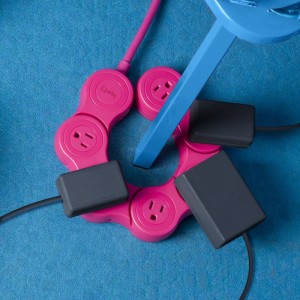 Bend the Pivot to accommodate hairpin dorm room turns, large chargers and inconveniently-placed furniture.
Bend the Pivot to accommodate hairpin dorm room turns, large chargers and inconveniently-placed furniture.
SMEAD CAMPUS.ORG
We’ve already talked about the Vertical Step Index Expanding File and the
Organized Up™ Vertical Stadium File when we looked at NAPO2014: Our Friends at Smead Are on the Up and Up!, and we’ve covered the Organized Up™ folders, which have dual tabs for easy storage in backbacks and when traditionally filed. But be sure to check out other backpack-friendly vertical school supplies in that same line. I’m particularly fond of poly folders, as they won’t rip or get wrinkled with overuse, and seem like a step up from the paper subject folders prevalent in middle and high school.
For example, there’s the Poly Backpack Folder.
 These upright folders are designed to hold one subject at a time, and the fold-over flap keeps your syllabus and handouts secure. The flap is straight-cut, so it can be tucked or untucked (like college shirts after the Freshman Fifteen take hold) and each Poly Backpack folder will hold up to 100 sheets and run about $1.29 at Amazon and elsewhere.
These upright folders are designed to hold one subject at a time, and the fold-over flap keeps your syllabus and handouts secure. The flap is straight-cut, so it can be tucked or untucked (like college shirts after the Freshman Fifteen take hold) and each Poly Backpack folder will hold up to 100 sheets and run about $1.29 at Amazon and elsewhere.
Smead’s Campus.org line also includes the similar Poly Backpack Organizer. Each of the three pockets will hold up to 50 sheets. (For those who are still fond of paper over poly, both products are available in 11-point textured paper stock, as well as poly.) You can find the organizers for about $5 each.
CAMPUS CANDY
Paper Doll perennial faves Office Candy have a whole line for fashionable college students to get their organizational groove on. Collegiate-themed Campus Candy has the same philosophy as its older sibling — if your organizing resources are appealing, you’ll be more likely to use them to keep yourself orderly.
From Kate Spade storage boxes ($52 for a set of three sturdy, patterned boxes with gold foil accents and gold foil ID labels)
to a plethora of Lily Pulitzer agendas, spiral notebooks, water bottles, desk sets and more, Campus Candy offers decorative sweets.
BATTLE OF THE BACKPACKS
I’ll admit, in my day, when dinosaurs roamed the campus, backpacks were pretty basic. One large interior pocket, one smaller, zipped exterior pocket, and if you were lucky, padded straps. As far as I can recall, bottle water (let alone mesh pockets for water bottles) wasn’t even a thing yet. Now, students have an embarrassment of stuff-schlepping riches from which to choose.
Cocoon Innovations, makers of the Grid-It! (in all of its various incarnations), has always been a Paper Doll all-star. I think college-bound students should be considering a variety of Grid-It! resources, from the standard Grid-It! Organizers (Medium shown here, 10 1/2″ x 7 1/2″, $18, available in red, blue and black)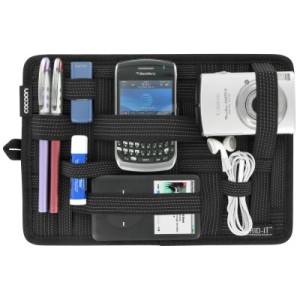
to the Grid-It! Wraps for tablets (in black, grey and red) for $30.
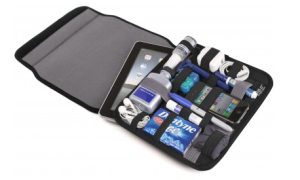 But the backpacks have taken the game up a notch — and while the Central Park Professional Backpack (designed to hold a 17″ laptop) is definitely practical and stylish, the Cocoon Slim Backpack (able to hold up to a 15″ MacBook Pro) has everything a college student might need to make it from breakfast to bedtime without a moment’s clutter kerfuffle.
But the backpacks have taken the game up a notch — and while the Central Park Professional Backpack (designed to hold a 17″ laptop) is definitely practical and stylish, the Cocoon Slim Backpack (able to hold up to a 15″ MacBook Pro) has everything a college student might need to make it from breakfast to bedtime without a moment’s clutter kerfuffle.
The slim has a padded compartment for a laptop as well as a separate iPad compartment, and a built-in 16″ x 10 1/2″ GRID-IT! front pocket. There’s an interior document section, and an exterior zippered compartment for more storage. The whole interior is lined in faux suede to buffer the high-tech gadgets, and the exterior features water-resistant ballistic nylon, waterproof zippers, and gun-metal hardware. Ridiculously organized and durable, but also sleek, when fully packed, it’s still only 3 1/2″ deep:
And it’s only $79! I’d always thought that if I were going back to college, I couldn’t find anything more perfect for me than my Züca bag combined with a Grid-It for all my chargers and gadgets, but the Slim is mighty tempting.
Of course, if you (or your college-bound student) want a similarly lean alternative but with a little more minimalist cachet, the Evernote-branded, French-designed Côte & Ciel Flat Backpack may fit the bill. The high performance, dark grey EcoYarn exterior is tough but attractive in that oh-so-Old-World, “Oh, this old thing?” manner, and the three interior pouches will accommodate a 13″ or 15″ laptop, a tablet and stacks of papers, all in under 4″ of depth. The price, however, is a not-so-slender $180!
in that oh-so-Old-World, “Oh, this old thing?” manner, and the three interior pouches will accommodate a 13″ or 15″ laptop, a tablet and stacks of papers, all in under 4″ of depth. The price, however, is a not-so-slender $180!
RISE UP FOR SWEET DREAMS AND LATE NIGHT STUDYING
Most college students can adequately outfit themselves for campus survival without ever leaving their nearest Big Box store plaza. For example, Power Bed Risers, like these from Bed, Bath and Beyond, serve two purposes: superior storage and increased available outlets.
A set for four, for $30, raises a dorm room bed 7″ from the floor, allowing for more ample storage of lidded tubs (for extra supplies and off-season clothing) without cluttering the room. Additionally, one riser in each set includes twin 110-volt, 15-amp grounded power outlets and twin USB 5-volt DC outlets with a charging light, so you can make sure everything from phones to Fitbits, iPads to (probably still contraband) toaster ovens will be ready when the need arises.
BACK TO BASICS
Finally, there’s something to be said for the basics. College students have put milk crates to use as bookshelves, open armoires for clothing, fridge-top food storage, filing boxes, chairs, dining tables and more for about half a century.
Nowadays, they’re designed primarily for files, not wholesome dairy products, and have hanging file rails running along the interior in both directions to corral letter- or legal-sized files.
For between $4 and $6 each at Walmart, Target or Staples, you can grab two or three plastic milk crates in mix-and-match colors, pack and stack them with minimal fuss and cost, and maximize the organization in your postage stamp-sized castle. It’s academic.
And by the way, Seventeen Magazine is still offering advice on what to bring to college.


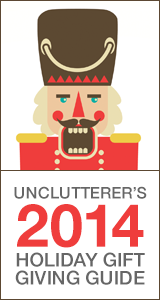
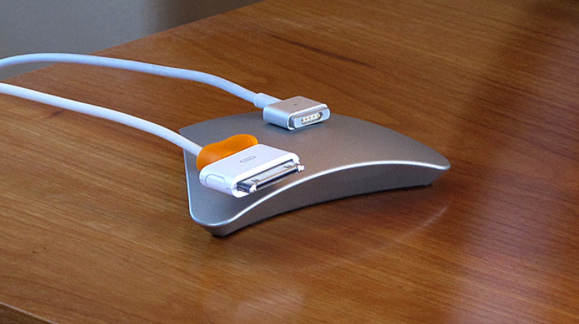
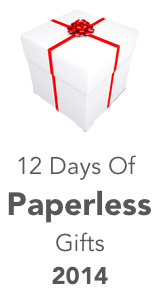

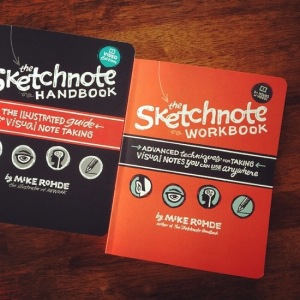

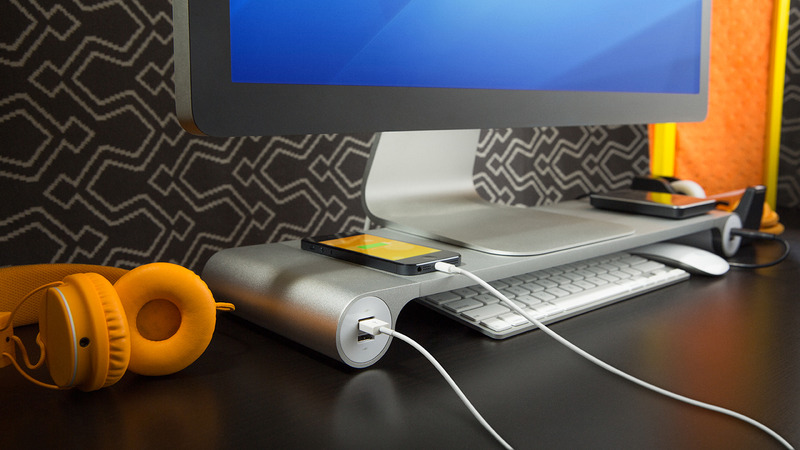




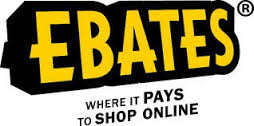

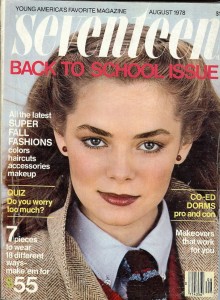
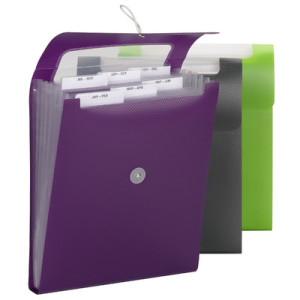
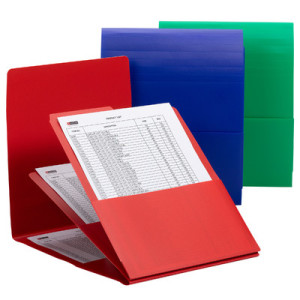
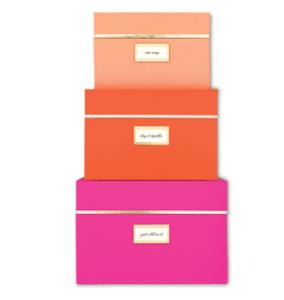
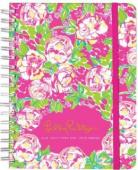
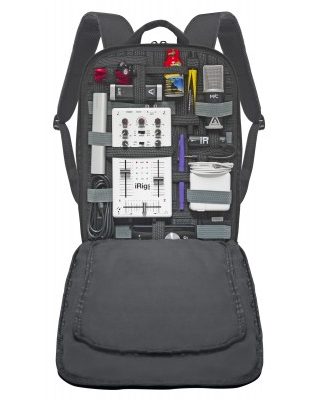
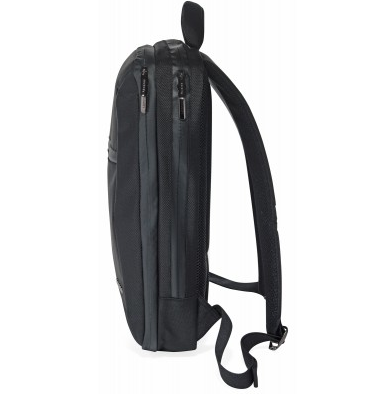
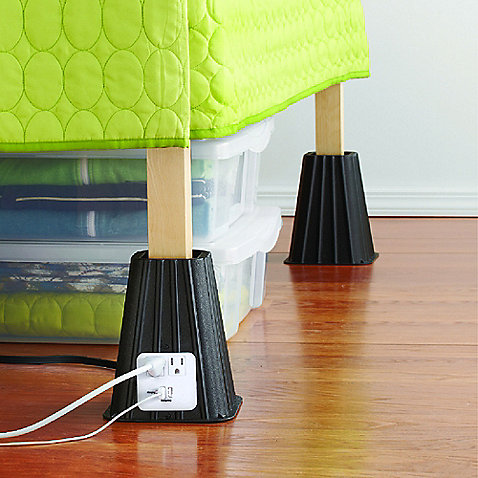
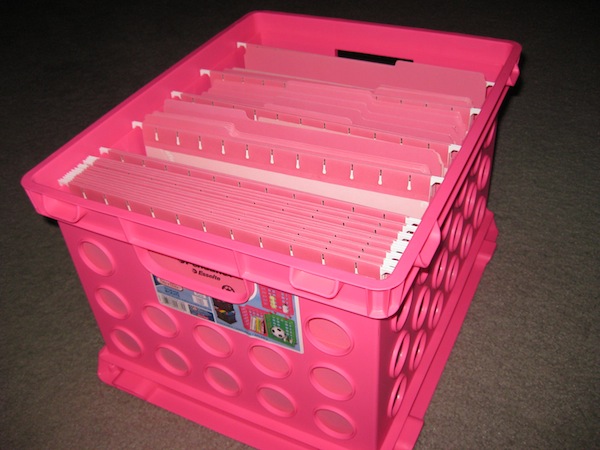
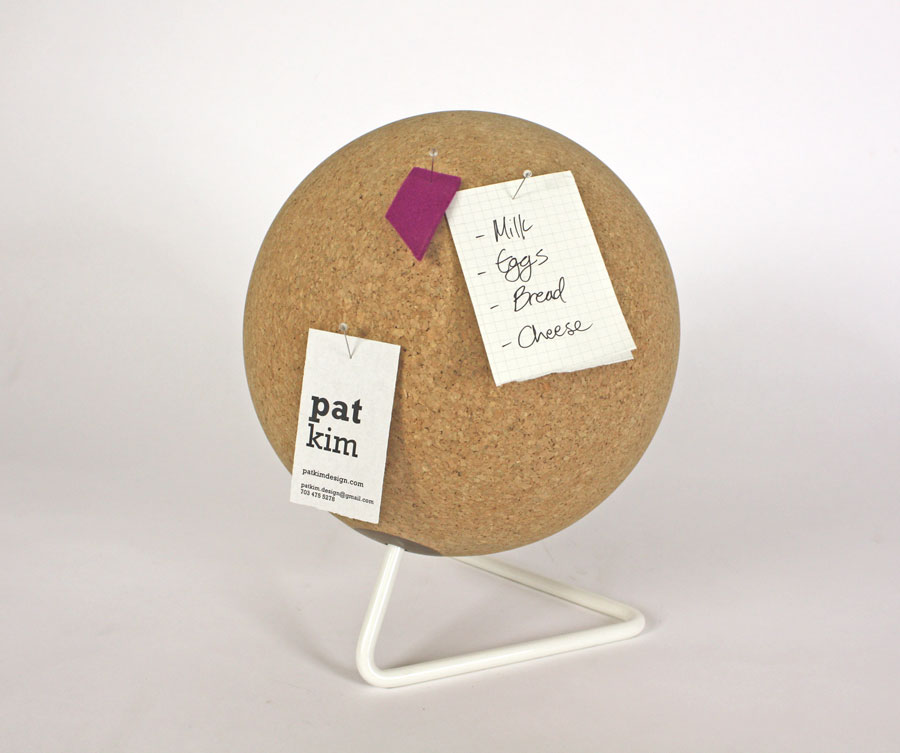
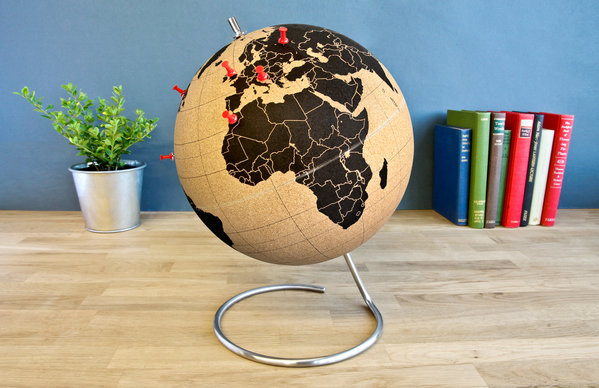
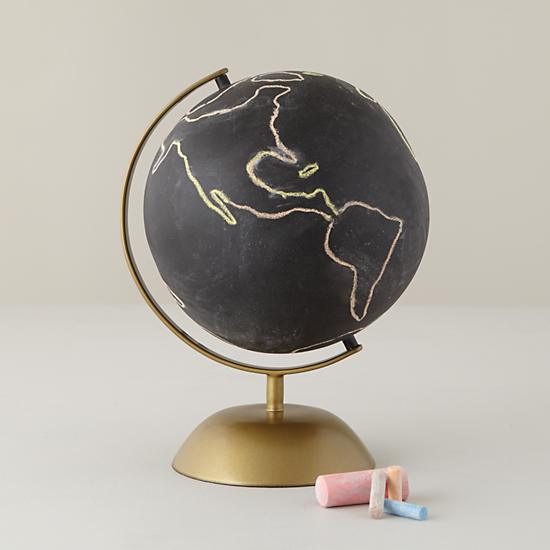
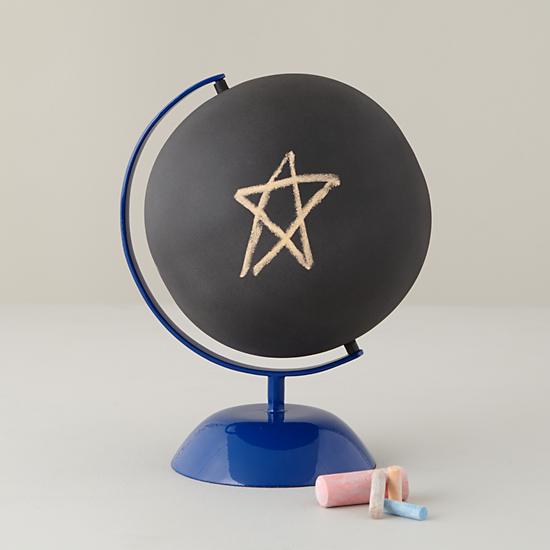
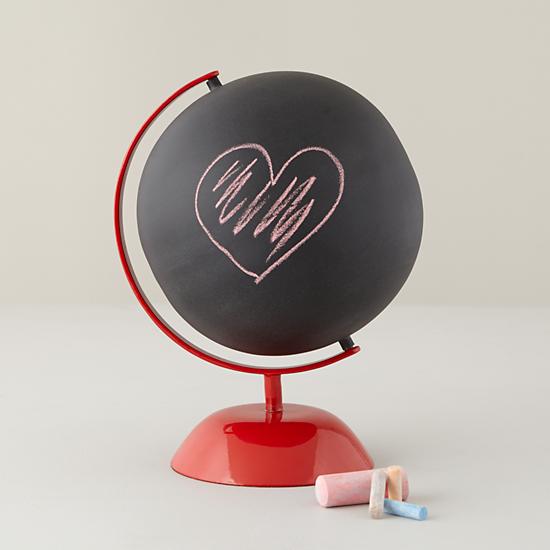



Follow Me